8 Super Fragrant Flowers That Pollinators Love
Updated: Mar. 21, 2024
Grow perennial powerhouses that will convince you to stop and smell the flowers. Bonus! Pollinators love them.
Get more from your fragrant favorites, and create a romantic container garden on a patio or terrace with any one of these super sweet perennials. They also attract pollinators, like bumblebees and butterflies. Essential oils in the petals of most plants produce fragrances, but it’s not just to appease your nose. When flowers give off their unique smells, it’s an alert to pollinators that they are ready for pollination.
Plant these pleasant-smelling beauties near a window or the front door, so you can enjoy them more often. If you really want to maximize fragrant flowers, grow scented herbs. Rosemary, mint, and basil all do double duty in the kitchen. In the mean time, check out these eight super fragrant flowers.
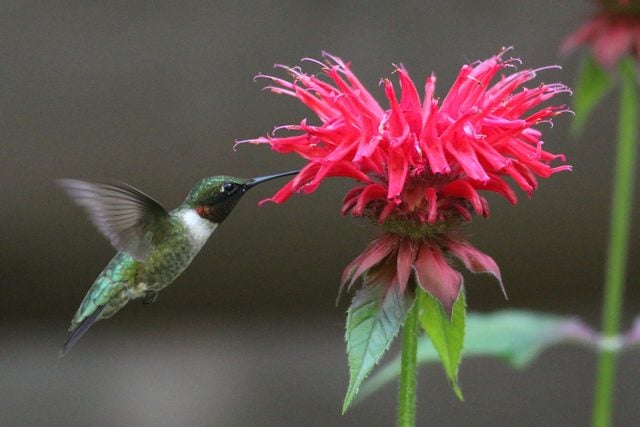
Bee Balm
Monarda, Zones 4 to 9
These cheery plants with funky hairdos are native to North America. With spiky, daisy-like blooms in red, blue, violet, white or pink hues, bee balm, as its name suggests, is a pollinator magnet. Its aroma is similar to oregano but contains hints of citrus, mint and thyme.
Size: 2 to 4 feet high
Why we love it: Bee balm attracts butterflies, hummingbirds and bees, but not usually deer—so it’s a smart bet if you live in a wooded area with a large population of these garden grazers. Check out more red flowers that attract hummingbirds.
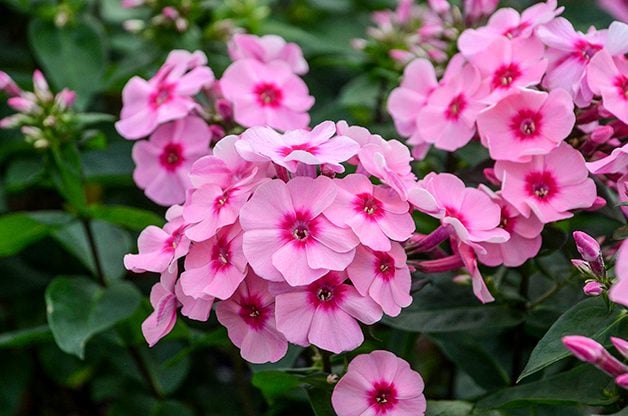
Garden Phlox
Phlox Paniculata, Zones 3 to 9
Found naturally in forests, in open fields and clinging to cliff walls, this hardy perennial with a heady fragrance offers many disease-resistant varieties to choose from. Bloom colors run the gamut from red, pink and rose to lavender, deep purple, white and even bicolor.
Size: 2 to 5 feet high, 1 to 3 feet wide
Why we love it: Phlox is a showstopper in a summer garden, and it blooms for six weeks or more. Plus, it’s known to attract hummingbirds. Here’s more long-blooming perennials.
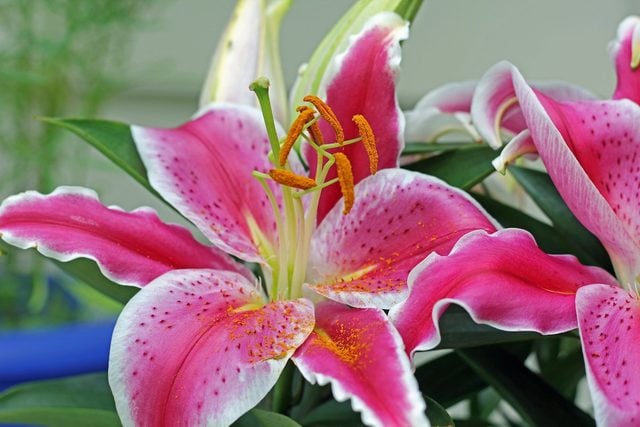
Oriental Lily
Lilium orientalis, Zones 4 to 9
Sound the horn for these trumpet-shaped blooms that smell as exotic as they look. For easy color in the garden, lilies are No. 1. The trouble is in deciding which gorgeous variety to grow. Just be sure to provide a little extra staking for when summer storms blow in.
Size: 2 to 5 feet high
Why we love it: There’s no need to visit a florist with bouquet-ready beauties growing in your backyard. Remove faded flowers to direct energy into the bulbs for next year’s floral display. These are the best flowers for a cutting garden.
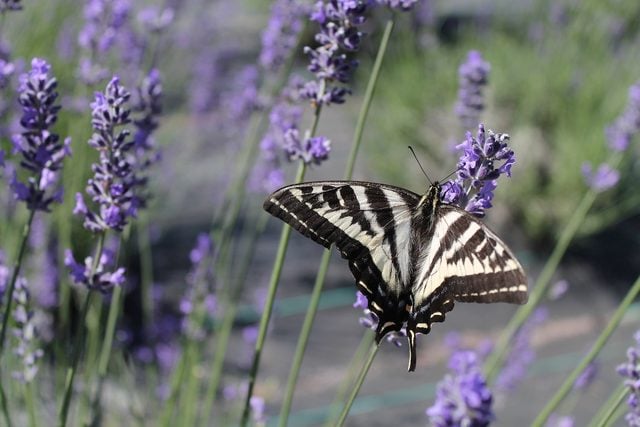
English Lavender
Lavandula angustifolia, Zones 5 to 10
A forever favorite, lavender is prized for intensely fragrant purple-blue blooms that can be cut and displayed in floral arrangements or dried to use in teas, spice mixes or potpourris. Pollinators such as butterflies and bees can’t resist lavender’s intoxicating lure.
Size: 12 to 14 inches high, 12 to 16 inches wide
Why we love it: This sun lover thrives in well-draining soils and looks lovely season after season.
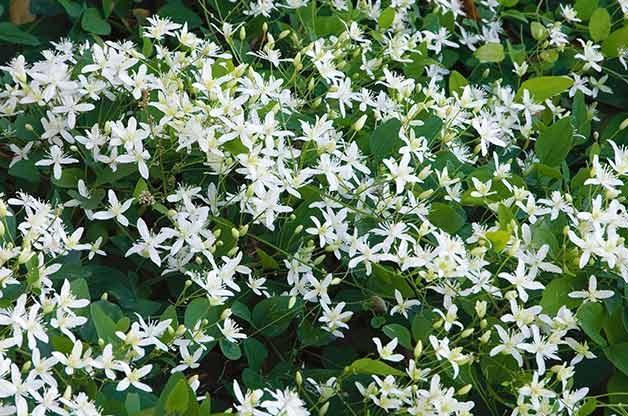
Sweet Autumn Clematis
Clematis terniflora, Zones 4 to 9
This vigorous perennial vine features fluffy clouds of fragrant, creamy white flowers that spill romantically over fences, arbors or pergolas—even in partial shade. Keep its aggressive nature in check by pruning in spring before growth begins. Psst—these are the best vines for hummingbirds.
Size: 10 to 15 feet high
Why we love it: As other flowers fade in late summer, sweet autumn clematis starts its show and goes through fall.
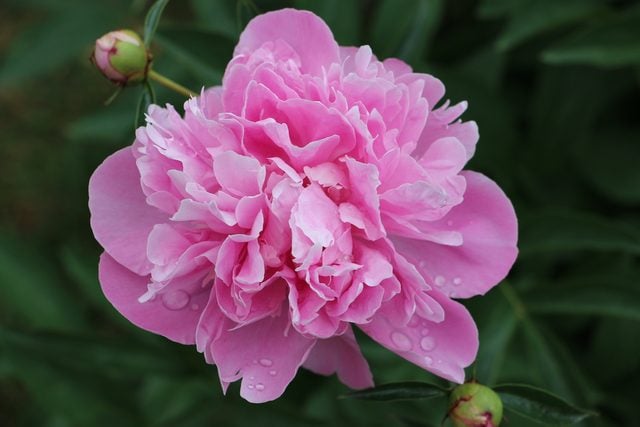
Common Peony
Paeonia lactiflora, Zones 3 to 8
Its large, showy cup-shaped flowers can’t be beat, but the easy-to-grow peony also has sturdy stems that won’t need staking and tons of fragrance. For ultimate aromatherapy, choose a cultivar prized for its scent, such as Festiva Maxima, Sarah Bernhardt, or Eden’s Perfume.
Size: 2-1/2 to 3 feet high and wide
Why we love it: Peonies are reliable performers that offer big impact without a lot of work. Their show is brief, but it’s nothing short of spectacular.
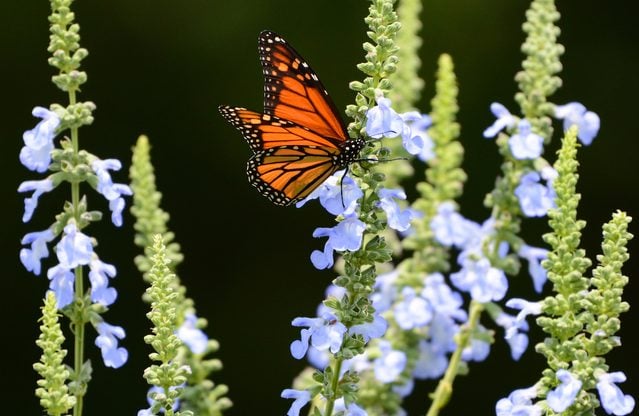
Sage
Salvia nemorosa, Zones 4 to 8
Sage is drought-tolerant and easy to grow. It makes a stunning cut flower and attracts hummingbirds, butterflies and bees. Plus, the foliage is wonderfully fragrant. If you’re short on space, try a small cultivar like Blue Hill.
Size: 1 to 2 feet high and wide
Why we love it: Less watering means less work (and more time to enjoy summer on the patio). Mother Nature will thank you, too! Here’s some tips to conserve water in the garden.
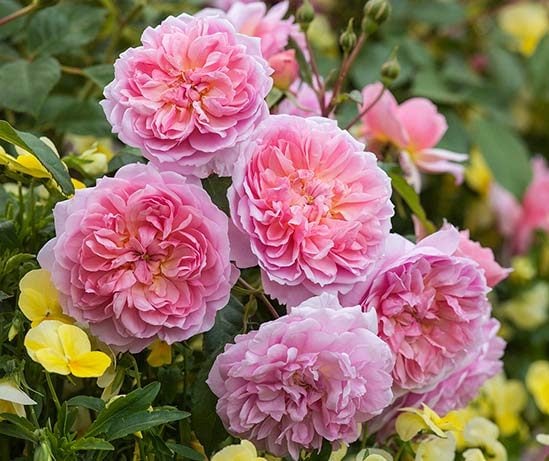
Rose
Rosa, Zones 3 to 10
With scents including apple, melon, honey, orange and even wine, these beauties make you stop to take them in. For that classic rose aroma, opt for English, floribunda, heirloom or antique varieties such as Honey Perfume, Heritage, and Louise Odier.
Size: 1 to 5 feet high, up to 8 feet wide
Why we love it: With so many colors available, it’s easy to find a rose to suit your nose. Plus, it’s hardy! Here’s our favorite fragrant roses.
